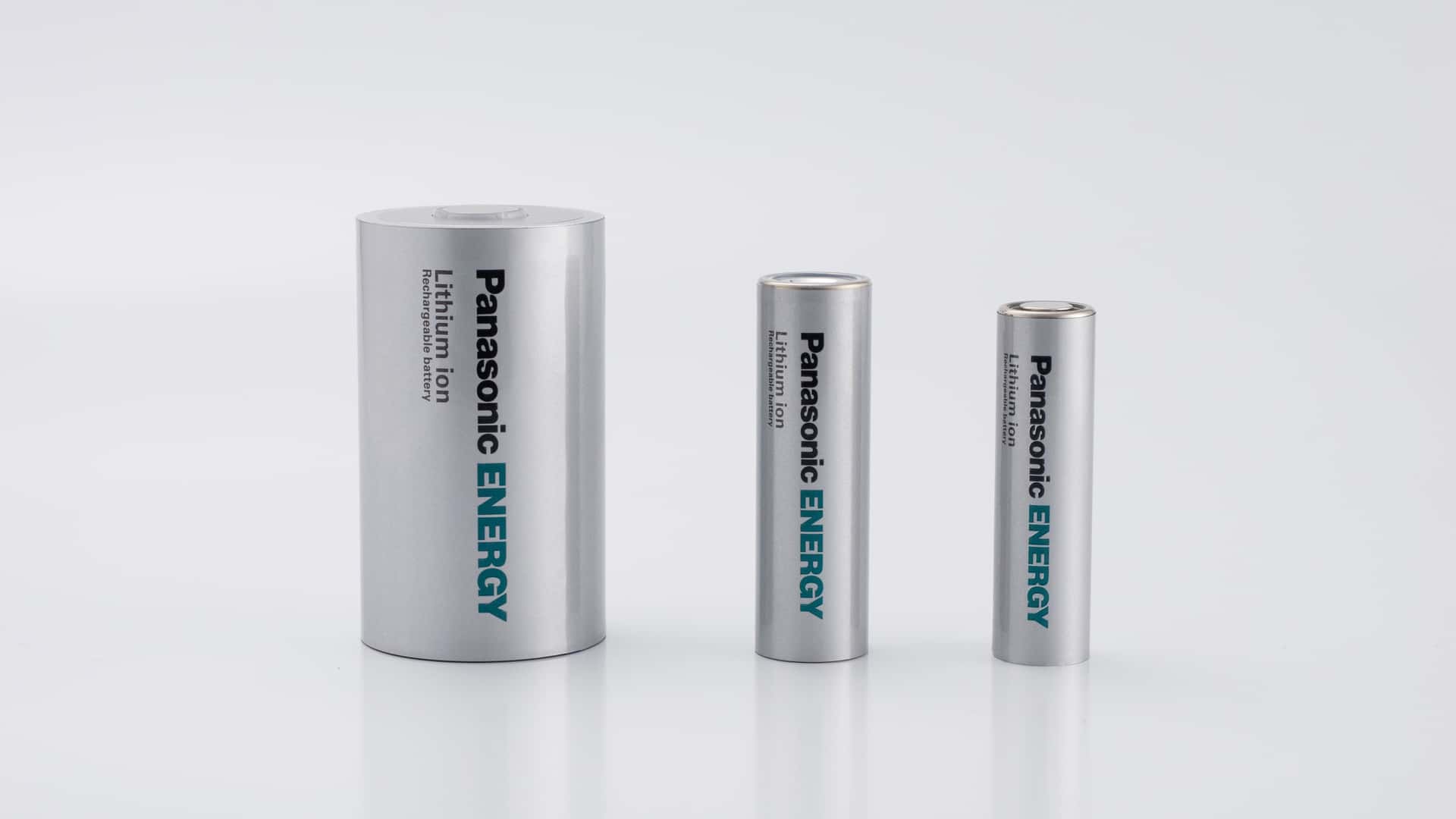Key Takeaways
- Panasonic aims to reduce U.S. dependence on China for electric vehicle (EV) batteries with new manufacturing facilities.
- The company opened its second U.S. plant in Kansas, expected to produce enough cells for 500,000 EVs annually by 2026.
- Despite a slowdown in broader clean energy investments, Panasonic anticipates significant support from U.S. government incentives under the Inflation Reduction Act.
Reducing Dependence on China
Electric vehicle sales are experiencing fluctuations this year, but battery production remains strong as companies work to secure supply chains. A significant focus is on reducing dependence on Chinese manufacturing. Allan Swan, president of Panasonic Energy Corporation of North America, believes that with concerted effort, the U.S. can decouple its EV battery supply chain from China in about a decade.
Panasonic is backing this vision by expanding its operations in the U.S. This month, the company launched its second battery manufacturing plant in De Soto, Kansas. The $4 billion facility is anticipated to be fully operational by the end of 2026 and will have the capacity to produce enough battery cells to power approximately 500,000 EVs each year. While Tesla remains Panasonic’s primary customer, the company is diversifying its client base. Starting next year, it will supply 2170 cylindrical cells to Lucid Motors, which currently imports components from Japan.
Swan highlighted that recent government actions, including the 45X advanced manufacturing credit, have positioned Panasonic to scale operations quickly. Despite cuts to many clean energy incentives during the Trump administration, this production credit has remained intact, assisting battery manufacturers like LG Energy Solution, Tesla, and Samsung SDI.
Financial Support and Supply Chain Localizations
Panasonic is projected to benefit substantially from potential funding through the Inflation Reduction Act, estimated at $6.8 billion, although Swan did not confirm the figure. He acknowledged that such financial support would allow for reinvestment in battery production and partnerships with suppliers and customers.
Large battery plants, or gigafactories, not only produce batteries but also attract suppliers of critical components, creating a localized supply chain. This ecosystem is essential for enhancing efficiency and reducing logistics costs, which is vital for the successful localization of the EV battery industry.
Despite the concentration of power among major battery manufacturers, the U.S. clean energy sector has seen significant project cancellations this year, including over $22 billion worth in the first half of 2025 alone, which has resulted in approximately 16,500 job losses. These cancellations are largely attributed to policy changes from the Trump administration aimed at scaling back clean energy initiatives.
However, automakers and battery producers are increasingly shifting focus back to U.S. production. General Motors plans to manufacture lithium manganese-rich cells locally for its larger vehicles starting in 2028, while Ford is pursuing similar battery tech developments.
Swan stated that the company’s initiatives go beyond just battery production, underscoring a commitment to fostering a cleaner environment alongside suppliers and customers.
The content above is a summary. For more details, see the source article.















